Guppies are ovoviviparous and easy to breed. They can reproduce 10-100 or more small fish at one time. Nevertheless, overbreeding is harmful to fish in your tank. Overbreeding may cause lower oxygen levels. Likewise, guppies need oxygen to survive. Thus, you should avoid excessive breeding. In this article, we will share some ways to prevent guppies from overbreeding.
Content Table
How Long Does It Take for Guppies to Breed?
With proper care and ideal habitat, guppies can reproduce once a month or twice every three months. The gestation period is about 21–30 days. They can produce 10-100 fish fry at one time, while some even produce more than 100 fish each time. On the other hand, the small fish will get sexually mature after three to five months, which means that they can reproduce. In addition to this, guppies can breed all year, even in winter. However, low temperatures may decrease the survival rate of small guppies. Nonetheless, continuous inbreeding will cause degradation, shorter tail fins for instance. Consequently, you should not keep guppies from the same brood, breeding over three generations. For such cases, it is recommended to introduce fish from the same species to achieve distant mating.
By the way, here are some ideal parameters for guppies to breed.
- Water temperature: 72-82℉ (22-28℃)
- pH level: 6.8-7.8
- dGH (water hardness): 8-12
- Ammonia level: 0 ppm
- Nitrite level: 0 ppm
- Nitrate level: 10 ppm (maximum)
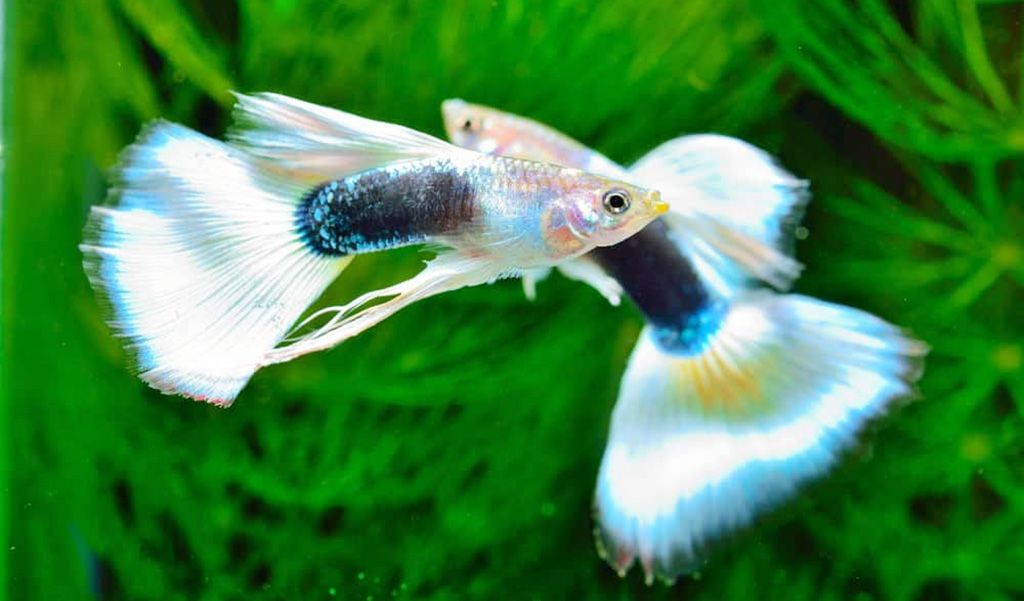
Why Are Guppies Breeding So Much?
Guppies are special, their unique features make them breed quickly. In this segment, we will cover reasons for guppies’ overbreeding. To begin with, males mate with females constantly. Guppies can frequently give birth to offspring. Besides that, female ones can store sperm. There are folds in female guppies’ genital area, which can store sperm. Therefore, they do not need to mate with male guppies every breeding time. Moreover, female guppies can reproduce a large amount at one time. They can reproduce 10-100 or more small fish at one time. It is said that a female guppy from the Chicago Shedd Aquarium has bred 244 young guppies at one time. Generally speaking, the larger size of female guppies, the more offspring they can produce. In addition to this, small guppies mature fast. Small guppies can feed on their own. One small female guppy gets mature and starts to reproduce when she is three to five months old.
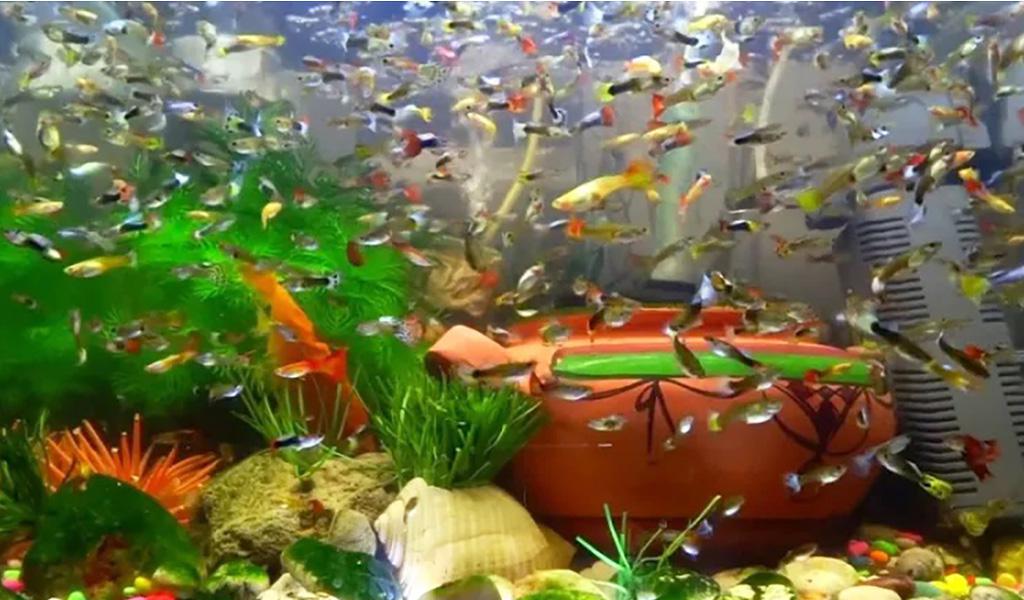
Prevent guppies from overbreeding
Overbreeding may lead to overstock, more waste, lower oxygen levels, as well as poor water quality. In the meantime, excess fish will produce more organic material, which will cause algae to thrive. It could be detrimental for guppies. As a result, it is crucial to prevent guppies from overbreeding. This part will provide some ways to deal with it.
1. Keep male guppies only
If there are no female guppies in your tank, the possibility of breeding is near zero. You may be confused about why not keep female ones only. Because female guppies could be pregnant when you purchase them.
2 .Separate male and female guppies
Separate the male and female into two different fish tanks can reduce the risk of overbreeding. If so, it is necessary to know how to determine the gender of the guppy.
- Color: Female guppies are less colorful than male guppies.
- Size: Females are larger than males both in length and depth.
- Abdomen: Female guppies have rounded abdomens, but male ones do not.
- Tail fins: Compared with male guppies, female guppies possess smaller tail fins.
- Anal fins: Female guppies possess small and round anal fins, while male guppies have long and pointed anal fins.
- Dorsal fin: Females’ dorsal fins relatively are short, on the contrary, male guppies’ dorsal fins are extended.
You can keep one male guppy and two or three female ones in your aquarium. Although the number of guppies still increases, it will not get out of control.
3. Reduce hiding places
Hiding places, including aquatic plants, rocks, and aquarium decorations, can help guppy fry escape attacks from other fish, for example, adult guppies. Thus, if there are fewer hiding places, there may be fewer.
4. Use as a food source
Baby guppies can be a food source for predatory or large fish. You can feed the baby guppies with food of high quality and nutrients. Then they may become healthy, disease-free, and nutrient-rich feeder fish. After that, remove them to feed other fish.
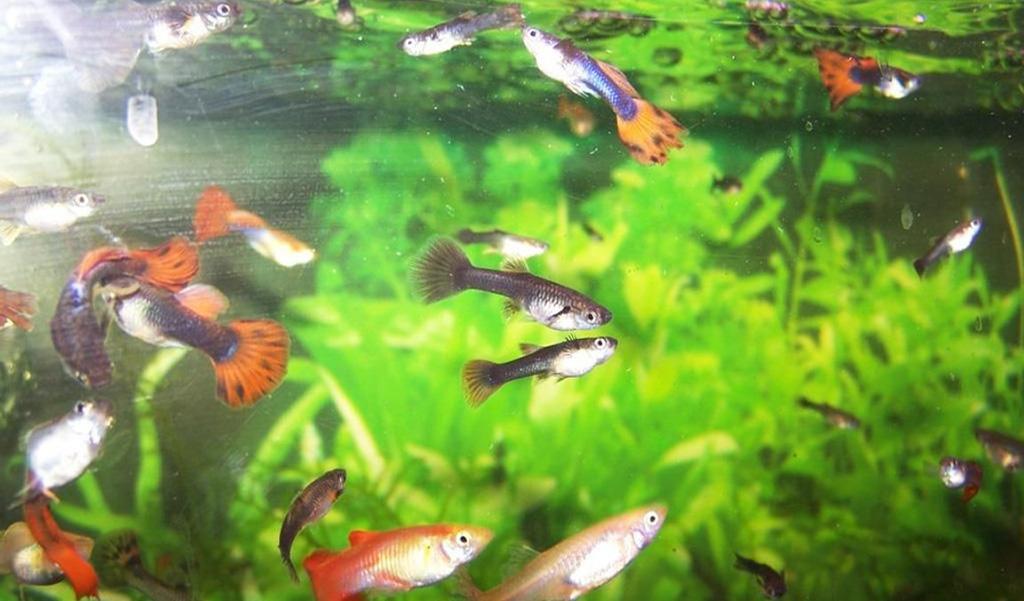
5. Introduce creatures to reduce the guppy population
Some fish will help to keep the guppy population down. It is recommended to add fish that will eat young guppies, but not to eat adult guppies. Angelfish, Congo tetras, and gourami are great options. For instance, you can introduce four or five Congo tetras in your guppy tank. Also, you can get rid of unwanted guppy fry in case you are unable to control excessive breeding. On the one hand, adult guppies eat guppy fry. Consequently, keeping the guppy fry with adult guppies is a great option. Adult guppies will help you to eliminate excess guppy fry. Aside from fish, you can add African dwarf frogs. They live in the bottom of the fish tank. And they will eat small guppies, especially when small ones are sleeping at night.
6. Lower water temperature
If you can not stand that your baby guppies be eaten or killed. You can hand out the excessive guppy fry for free or sell them to make a profit. On the other hand, low water temp can reduce guppies’ interest in breeding. Consequently, lowering the water temperature is another excellent choice. Take 71℉ as an example, guppies will not be in breeding mode, but they are enjoyable.
For additional information about guppy breeding, please read Are You Ready for Guppy Breeding. Any other solutions? Feel free to leave a comment! Finally, thanks for your reading.
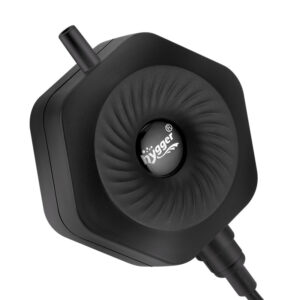
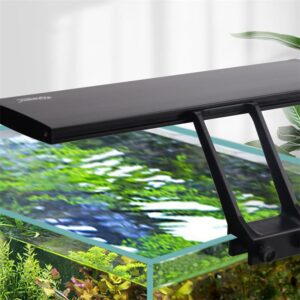
Leave a comment